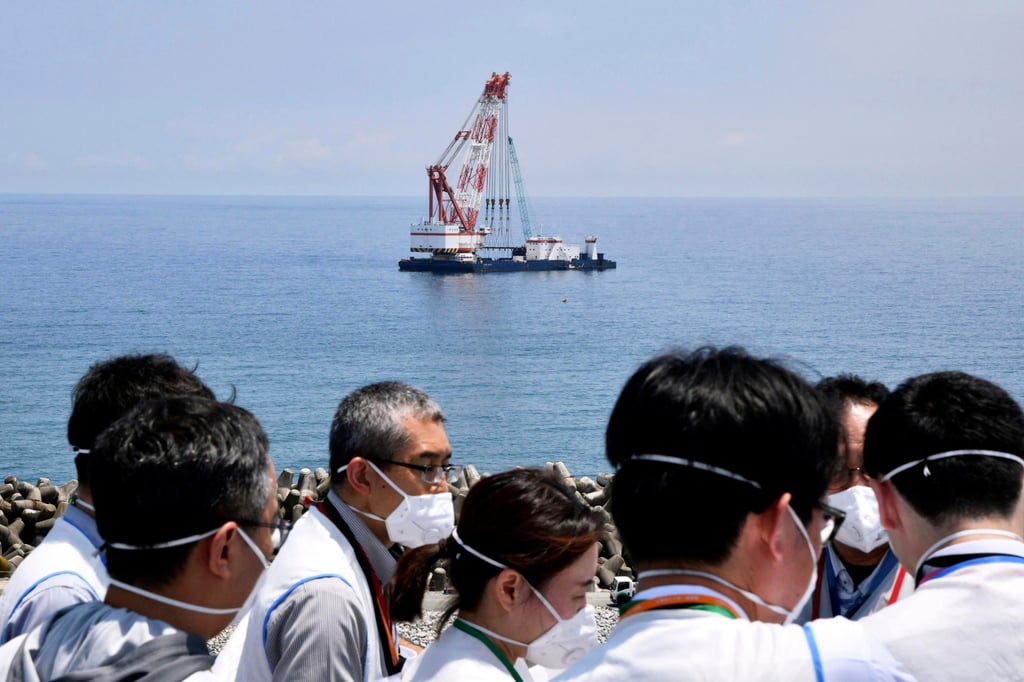Advertisement
Opinion | Our fragile oceans should not be a dumping ground for Fukushima’s radioactive waste water
- Some scientists believe Japan’s treatment system for the radioactive waste water and its subsequent dilution in our oceans will make it safe, but many others are doubtful
- Even small amounts of contaminants can accumulate in fish and human bodies. Importantly, we cannot afford to upset the fragile marine ecosystem
Reading Time:3 minutes
Why you can trust SCMP
11

The Japanese government is adamant about discharging treated radioactive waste water from the Fukushima Daiichi nuclear plant into the Pacific Ocean this summer despite strong opposition in many countries, including China and South Korea, as well as fishing communities in the region.
Advertisement
This week, Tokyo’s decision was reinforced by an International Atomic Energy Agency report concluding that the discharge plan complies with international safety standards.
The government says Japan’s advanced liquid processing system (ALPS) reduces the presence of 62 of the 64 hazardous radioactive elements in the waste water to within regulatory limits.
More than 1.3 million tonnes of this waste water is stored in some 1,000 stainless steel tanks at the site after the nuclear accident occurred in March 2011. Several of the radioactive elements contained in the waste water, such as carbon-14, strontium-90, caesium-137 and tritium, are considered to have potential effects on human health.
The half-life (or time taken for half the atomic nuclei to decay) of radionuclides varies. While some have decayed since 2011, carbon-14, for example, has a half-life of more than 5,000 years, which means it remains radioactive in the environment for many generations after us.
Advertisement
Tokyo says it is confident the ALPS can process most of the radionuclides in the waste water, except for two: carbon-14 and tritium. So the treated waste water still needs to be diluted before discharge, to reduce the concentration of these elements to acceptable levels.


Advertisement
